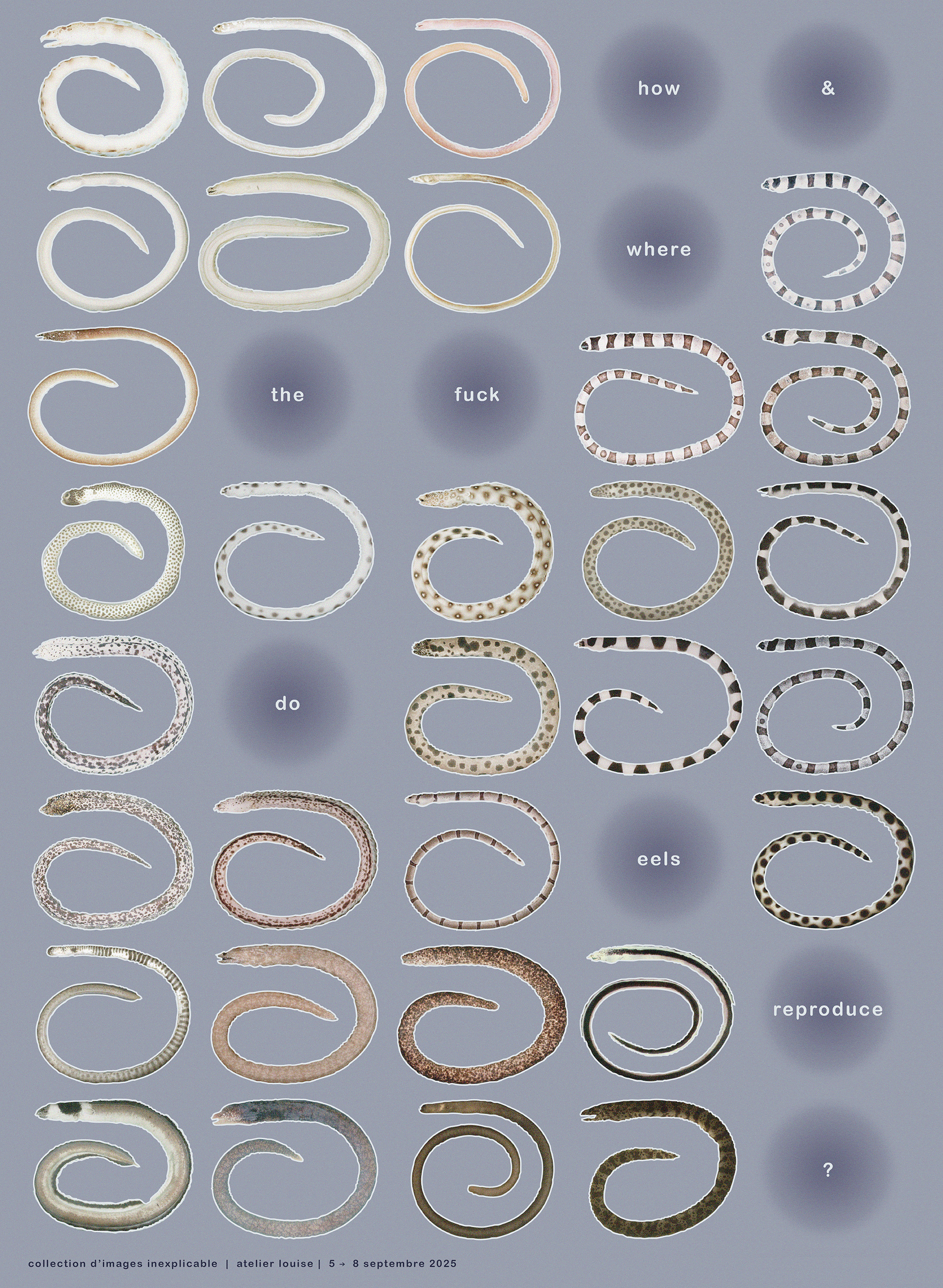
i love vija celmins' spiderwebs
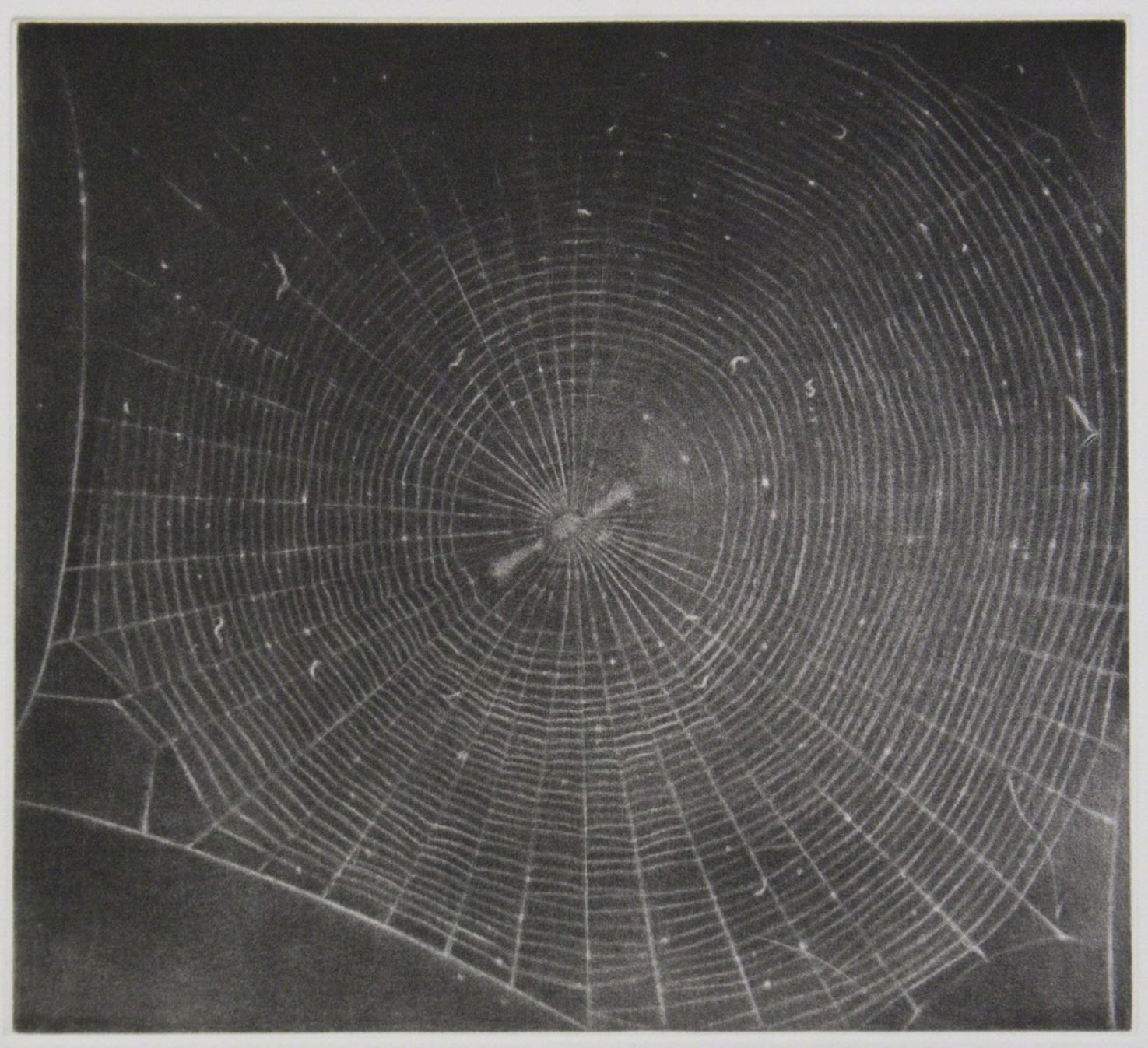
vija celmins "web 2"
[2000]
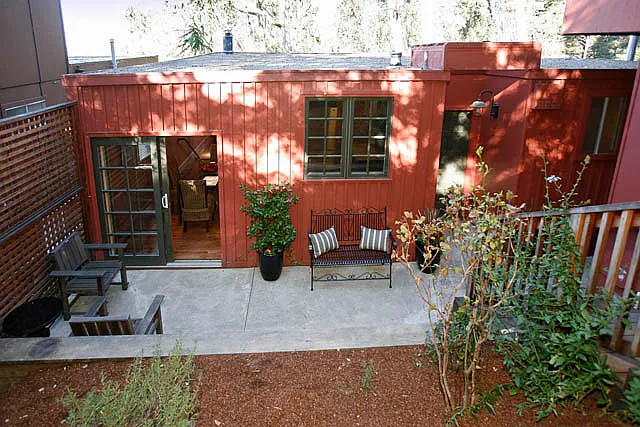
my old home
[Sometime in the early 2000s]
ben's horse ring [@twojeys]
Six cards shot in 1878 that each show a series of automatic electro-photographs by Eadweard Muybridge depicting successive phases in the movement of a horse.

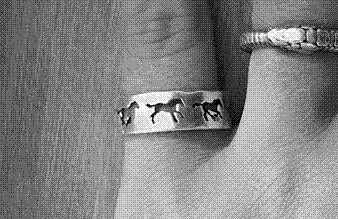
spiral gems for pride

my first flashbook (i have yet to learn how to tattoo...)
Back in my freshman year of college, I toyed with the idea of doing a tattoo residency. I almost reached out to a local shop, but after COVID hit, I had to let go of the idea, and never seriously revisited it. Over the years, I've helped my friends with tattoo designs, but really nothing too involved.
Now that I'm older, and have since solidified my artistic style, I have the inexplicable urge to draw tattoos for those around me (and to hopefully ink them myself one day <3)

ft. worm knot theory, nested "eggs", my eye during pride, a cunty starfish, and some ping-pong tree sponge.

scans from croatia
I recently visited beautiful and sunny Croatia. Specifically, Split, Hvar, and Dubrovnik. I was especially blown away by the old town in Dubrovnik, which coincidentally is where most of the Kings Landing scenes from Game of Thrones were shot. (if you know me, you know I have an unhealthy obsession to GOT, so this was pretty exciting for me)
While I was there and pointing out every recognizable shot location to my annoyed family, I realized that I probably know more about Westeros than the actual history it is based off of. This thought is a bit scary, but I guess it's hard to compete when dragons are involved.


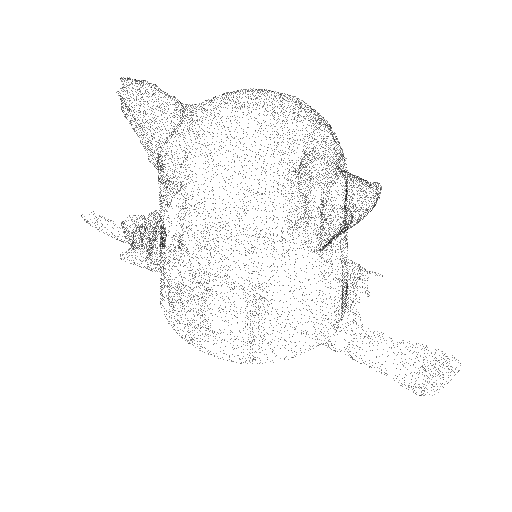
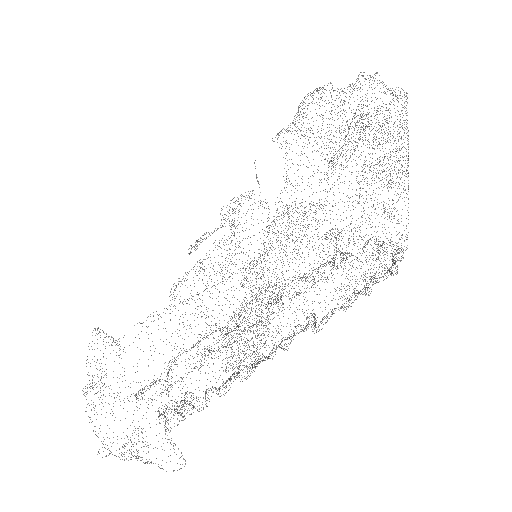

Yoshinao Satoh's animated collages
Thank you to the youtube algorithm for gifting me the wonderful works of Yoshinao Satoh (also goes by henkama). He makes these tactile analog collage works. His trick: collecting animated frames that have nothing to do with one another.
For instance, in his 1991 work PAPERS, he carefully selects and overlays pictures that all feature the same kanji (Japanese characters) at the center. The result creates the illusion of animation, despite the surrounding imagery constantly shifting.
In the same short, Satoh’s experiments with flipping through portraits of people taken at just slightly different angles. Each frame acts as a snapshot into the person's unique life and behavior, but sequenced together they all become one. It’s all quite hypnotizing and strangely playful, especially with the nostalgic, grainy patina of celluloid running through the old camera.
Satoh's works remind me that truly any two found media photographs, no matter how unrelated, can become animated together, that is, with just the right frames found to put in between.
source: "papers" Yoshinao Satoh (8mm / 2min 50sec) [1991]
I'm going to email him...
learning how to make autostereograms
Recently, I've wanted to learn how to create my own... and today is the perfect lazy sunday to start.

Word vomit:
I specifically love ASCII stereograms. They originate from completely different corners of internet history ~ ASCII art is all about early computer limitations turned communication language, while stereograms are an almost analog-feeling visual hack from the late ’80s that you'd originally find in kids' magazines. But their aesthetics blend really neatly into one another, considering that they are both essentially reverse-engineered image-generation tools.
There’s something compelling about how illegibility is the whole point. To those who can’t see the illusion, the image remains static and obscure*1. But those who can are rewarded with a hidden dimension. This makes me think about broader themes in digital art: such as interactive accessibility, interpretation, and the tension between what’s shown vs. what’s perceived.
Making the stereograms in ASCII language keeps the base image visually interesting for the vast majority that cannot see the illusion. I think I’ll use this to hide poems and writings in images that are visually compelling on their own, but whose meaning changes once the illusion reveals itself.
///
*1 Not to mention that the bare image often resembles datamoshing glitches from burnt graphic cards.

source: 3dimka
this article shows so many unique ways that stereograms can elevate ASCII art or simple text ~ I especially love the way it can be used to emphasize certain words or phrases.
some resources i'm using...
Julio M. Otuyama → online guide
@machinewrapped → stereogrammer
ASCII wiki → a genuine ASCII stereogram guide
Julius Kammerl → various ASCII resources
Hidden 3D → ASCII stereogram generator
tadpole spirals

source: unknown
J.E.R. fish photographs
The database is hosted by the Bernice Pauahi Bishop Museum website and most of the images appear to be open-source, though I’ll need to dig more to confirm that. The work is largely attributed to John E. Randall.

source: J.e.r. fish photos @ bishop museum
everything in my college bedroom










